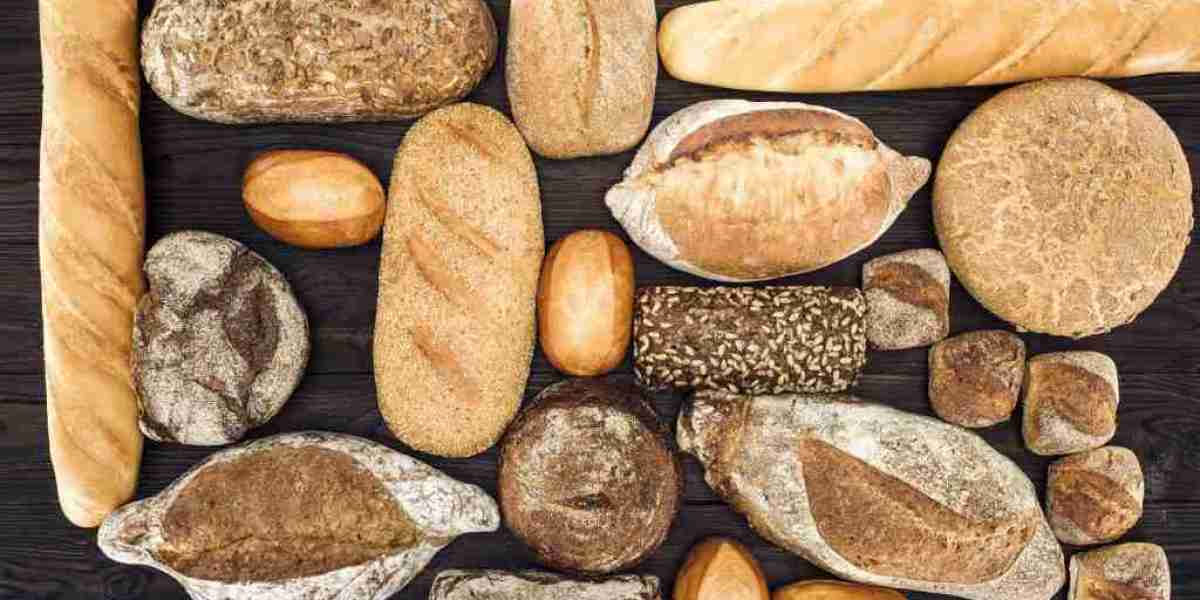The sparkling wine market, once a niche category, has experienced tremendous growth in recent years. However, as the industry expands and competition intensifies, manufacturers, distributors, and retailers face various pain points that hinder their ability to achieve sustained success. From fluctuating consumer demand to the challenges of international expansion, sparkling wine businesses must continuously adapt to overcome these obstacles.
1. Volatility in Consumer Preferences
One of the most significant pain points in the sparkling wine market is the volatility of consumer preferences. The increasing number of brands, variations, and innovations in the sparkling wine sector have led to a greater selection for consumers. However, this influx of options has caused some confusion among buyers. Traditional sparkling wines like Champagne are still in high demand, but consumers are also becoming more adventurous and exploring alternative options such as Prosecco, Cava, and even sparkling rosé.
For sparkling wine brands, this trend poses a challenge in forecasting demand accurately and aligning their production with changing tastes. The ability to adapt to shifting consumer preferences is key to staying competitive, but it requires constant market research, agile production capabilities, and effective marketing strategies.
2. Price Sensitivity and Economic Downturns
Price sensitivity remains a prevalent issue in the sparkling wine market. While some consumers are willing to splurge on high-end bottles of Champagne, many others are seeking more affordable options. During times of economic uncertainty, price-conscious consumers tend to gravitate toward budget-friendly alternatives like Prosecco, which can be produced at a lower cost.
This shift presents a challenge for premium brands, as their market share may decrease in favor of more affordable sparkling wines. For smaller wineries or brands focusing on luxury products, economic downturns can severely impact profitability. Additionally, the rise in production costs, including raw materials and labor, further complicates the pricing structure.
3. Distribution and Supply Chain Issues
The logistics of distributing sparkling wines pose significant challenges, particularly for international brands. Exporting sparkling wines requires careful attention to temperature control, packaging, and shipping conditions, all of which impact product quality. Moreover, some countries impose tariffs and trade restrictions that further complicate global distribution.
Supply chain disruptions, such as those experienced during the COVID-19 pandemic, also revealed vulnerabilities in the global distribution networks. Issues like shipping delays, labor shortages, and increased transportation costs have become more common, adding another layer of complexity to the process.
To overcome these challenges, companies must build more resilient supply chains, diversify their distribution channels, and foster relationships with local distributors who are familiar with market-specific regulations and preferences.
4. Environmental Sustainability and Production Challenges
Sustainability is an increasing concern for consumers, and the sparkling wine market is no exception. Wineries are under pressure to adopt more eco-friendly practices, from reducing carbon emissions to using sustainable packaging. While large wine producers may have the resources to invest in green technologies, smaller brands often struggle to meet these demands.
The production of sparkling wines, particularly through traditional methods such as Méthode Champenoise, can be resource-intensive. The use of glass bottles, corks, and other materials also raises concerns about waste and environmental impact. As sustainability becomes a priority for consumers, producers must find ways to innovate without compromising the quality of their products.
5. Increased Competition and Market Saturation
With the surge in demand for sparkling wines, the market has become increasingly saturated, particularly in key regions such as Europe and North America. New brands and varieties are emerging regularly, increasing competition for both market share and consumer attention.
In response to this, many established brands have intensified their marketing efforts, often targeting younger, more diverse demographics. This has created a competitive environment where it is challenging for new entrants to differentiate themselves. The sheer volume of options available to consumers has led to a fragmented market, making it difficult for any one brand to dominate in certain regions.
The solution to this issue lies in innovation and brand differentiation. Companies must focus on creating unique value propositions and building strong brand loyalty through consistent quality, innovative products, and targeted marketing.
Conclusion
The sparkling wine market is currently at a crossroads, grappling with several pain points that challenge producers, distributors, and retailers alike. As consumer tastes continue to evolve and the competitive landscape becomes more saturated, businesses must be agile, innovative, and responsive to the demands of the market. By focusing on addressing issues such as price sensitivity, distribution inefficiencies, and sustainability, sparkling wine brands can successfully navigate these challenges and ensure long-term growth




